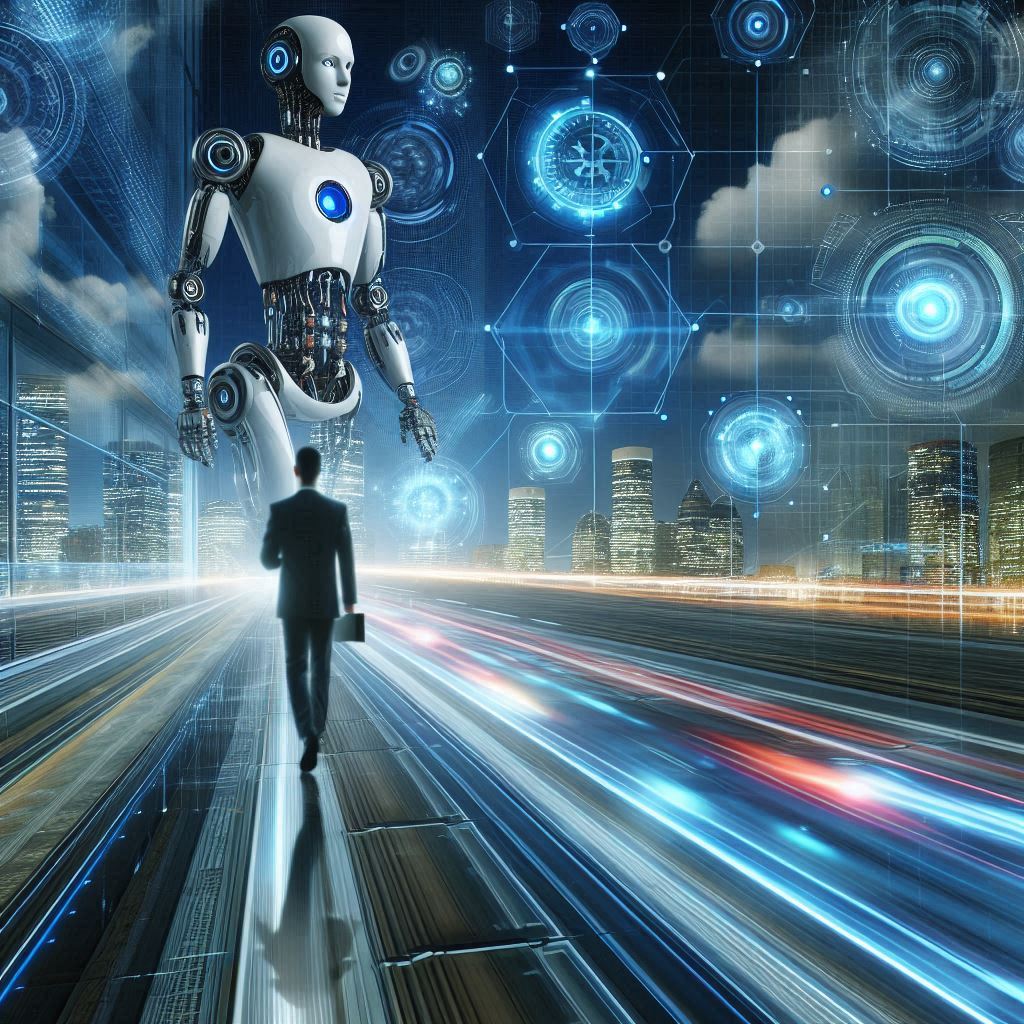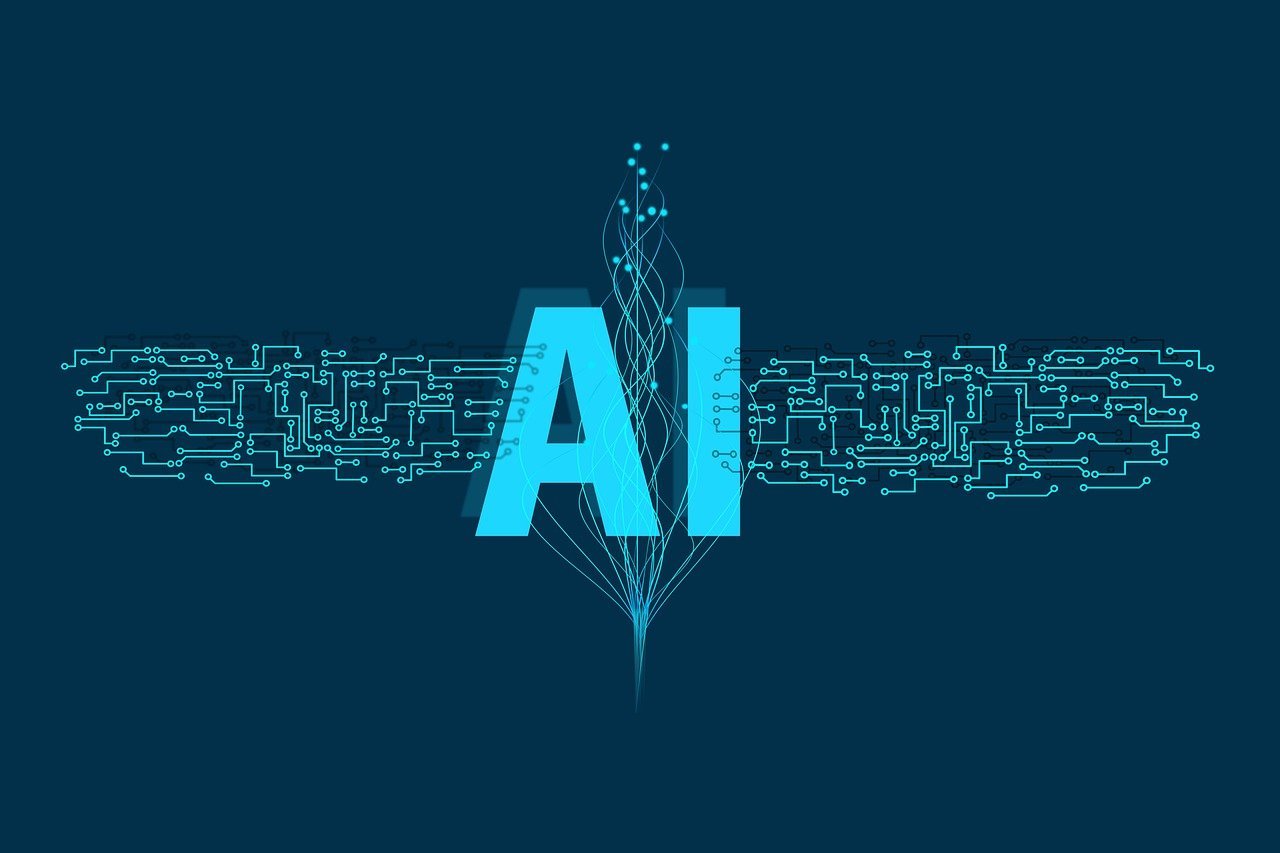What is Machine Learning?
Machine learning (ML) is a subset of artificial intelligence (AI) that enables computers to learn from data and improve their performance over time without being explicitly programmed. It involves algorithms and statistical models that computer systems use to perform tasks by relying on patterns and inference.
The Evolution of Machine Learning
Machine learning (ML) has seen an extraordinary journey from its inception to becoming a cornerstone of modern technology. This evolution is marked by significant milestones that have shaped the field into what it is today.
Early Beginnings: The 1950s to the 1970s
The concept of ML originated in the 1950s, with early pioneers exploring the potential of machines that could learn and adapt. The perceptron, an early neural network model, was developed during this time, laying the groundwork for future advancements.
The Rise of Decision Trees and Rule-Based Systems
In the 1960s, decision trees became a popular ML method, allowing machines to make decisions based on data attributes. The 1970s saw the emergence of rule-based systems, which used predefined logical rules to process data.
The Era of Neural Networks and Support Vector Machines
The 1980s introduced support vector machines (SVMs), which became a fundamental ML algorithm. The 1990s marked the resurgence of artificial neural networks, bolstered by the development of backpropagation techniques.
Advancements in Computational Power and Data Availability
The explosion of data and advancements in computational power in recent years has propelled ML to new heights, enabling the development of complex models that can process large volumes of data and perform sophisticated tasks.
Key Components of Machine Learning
At the core of ML are data, algorithms, model training, and inference. Data is the lifeblood of any ML model, while algorithms, such as decision trees, SVMs, and neural networks, are the mechanisms that drive the learning process. Model training involves fine-tuning the model’s parameters to minimize errors, and inference is the application of a trained model to make predictions on new data.
Exploring the Types of Machine Learning
Machine learning (ML) is a dynamic field that continues to push the boundaries of technology and innovation. As it becomes increasingly integrated into various industries, understanding the types of ML and their applications is crucial.
Supervised Learning: The Guided Approach
Supervised learning is akin to a student learning under the guidance of a teacher. The ‘teacher’ is the labeled dataset that provides the model with both the input and the expected output. The model’s goal is to learn a mapping function from the input to the output. This type of learning is prevalent in applications such as spam detection, where emails are labeled as ‘spam’ or ‘not spam’, and image recognition, where images are tagged with identifiers.
Real-World Application: Financial Forecasting
In the finance industry, supervised learning algorithms predict future trends based on historical data. For instance, they can forecast stock prices by learning from past market behaviors, enabling investors to make informed decisions.
Unsupervised Learning: The Self-Learner
Unsupervised learning models dive into data that has no labels, finding hidden structures or patterns on their own. It’s like a child exploring the world, discovering categories and clusters without explicit instruction. This type is often used for customer segmentation in marketing, where businesses group customers based on purchasing behavior to tailor marketing strategies.
Industry Trend: Personalization Engines
E-commerce platforms leverage unsupervised learning for recommendation systems. By analyzing customer data, these systems can suggest products that users are likely to purchase, enhancing the shopping experience.
Reinforcement Learning: Learning by Doing
Reinforcement learning is a trial-and-error approach where the model interacts with a dynamic environment and learns from the consequences of its actions. It’s similar to training a pet: rewarding good behavior reinforces that behavior. This method is at the forefront of autonomous vehicles, where the system learns to navigate roads and traffic efficiently.
Cutting-Edge Example: Smart Robotics
In manufacturing, reinforcement learning enables robots to adapt to new tasks on the fly, optimizing production lines for efficiency and reducing downtime.
Diverse Applications of Machine Learning
Machine learning (ML) is revolutionizing industries by providing innovative solutions to complex problems. Here’s an in-depth look at its applications, enriched with examples and current industry trends.
Predictive Analytics in Finance and Business
Predictive analytics harnesses ML to forecast future events based on historical data. In finance, it’s used for risk assessment, stock market predictions, and fraud detection. Businesses leverage it for customer behavior prediction and sales forecasting, enhancing decision-making processes.
Example: Credit Scoring
Financial institutions use ML models to evaluate the creditworthiness of applicants, leading to more accurate and efficient lending decisions.
Image and Speech Recognition
ML algorithms have made significant strides in image and speech recognition. These technologies are pivotal in security systems (facial recognition), healthcare (diagnosing diseases from medical images), and virtual assistants (voice commands interpretation).
Trend: Smart Home Devices
Voice-activated smart home devices use speech recognition to interpret user commands, making home automation more accessible.
Medical Diagnosis
ML is a game-changer in healthcare, enabling early disease detection and personalized treatment plans. Algorithms analyze medical images and patient data to assist in diagnosing conditions like cancer at an early stage.
Innovation: AI Radiology
AI-powered radiology tools provide quicker and more accurate readings of X-rays and MRIs, aiding radiologists in diagnosis.
Autonomous Vehicles
The automotive industry is at the forefront of adopting ML for developing self-driving cars. These vehicles use ML to process sensor data for navigation, obstacle avoidance, and traffic analysis.
Current Trend: Delivery Drones
Companies are exploring autonomous delivery drones that use ML to navigate urban environments and deliver packages efficiently.
Personalized Recommendations
ML personalizes user experiences by offering tailored content and product recommendations. Streaming services and e-commerce platforms use user data to suggest movies or products, increasing engagement and sales.
Industry Shift: Customized News Feeds
Social media platforms employ ML to curate personalized news feeds, showing content aligned with user preferences and behaviors.
Challenges and Future of Machine Learning
Machine learning (ML) stands at the forefront of technological innovation, yet it navigates a complex landscape of challenges that must be addressed to unlock its full potential.
Overcoming Data Privacy and Ethical Concerns in ML
One of the most pressing challenges in ML is data privacy. As algorithms become  more data-hungry, the need to protect sensitive information becomes paramount. Ethical concerns also loom large, with questions about bias and decision-making transparency leading the discourse. Ensuring ethical AI practices and developing models that respect privacy are critical steps for the future of ML.
more data-hungry, the need to protect sensitive information becomes paramount. Ethical concerns also loom large, with questions about bias and decision-making transparency leading the discourse. Ensuring ethical AI practices and developing models that respect privacy are critical steps for the future of ML.
Example: GDPR Compliance
The General Data Protection Regulation (GDPR) in the EU sets a precedent for data protection, influencing ML practices worldwide by enforcing strict guidelines on data usage.
The Need for Interpretability in Machine Learning
Another significant hurdle is the need for interpretability. As ML models, especially deep learning networks, grow in complexity, understanding their decision-making process is vital for trust and accountability. Efforts to make ML models more interpretable will continue to be a key focus area.
Industry Trend: Explainable AI
Explainable AI (XAI) is gaining traction as a solution to the black-box nature of complex algorithms, providing insights into how decisions are made.
Advanced Techniques and Integration in ML’s Horizon
Looking ahead, the future of ML is poised to be shaped by advanced techniques like deep learning and greater integration with other AI domains. This synergy will lead to innovative applications that promise to further revolutionize industries.
Deep Learning Breakthroughs
Deep learning continues to break new ground in areas like computer vision and natural language processing, enabling machines to perform tasks that were once thought to be exclusively human.
Machine Learning’s Role in Industry Transformation
ML’s innovative applications are already transforming industries. From healthcare, where it aids in early disease detection, to finance, where it’s used for predictive analytics, the impact of ML is profound and growing.
Current Trend: Autonomous Systems
Autonomous systems, whether in manufacturing or self-driving cars, are becoming increasingly sophisticated thanks to ML, heralding a new era of efficiency and safety.
Conclusion
In the grand tapestry of technological advancements, machine learning (ML) stands out as a particularly vibrant thread. Its evolution from rudimentary algorithms to sophisticated systems capable of human-like tasks is nothing short of remarkable. ML’s applications are diverse, touching every corner of industry and society, offering personalized experiences, enhancing decision-making, and driving innovation forward.
Yet, ML is not without its challenges. Issues of data privacy, ethical concerns, and the need for interpretability are at the forefront of discussions about the future of this field. However, the trajectory of ML is one of growth and promise. With advancements in deep learning and integration with other AI domains, ML is set to continue its transformative influence across all sectors.
As we navigate the complexities and harness the potential of ML, it will undoubtedly play a pivotal role in shaping our future. For practitioners and beneficiaries alike, this is an exciting era for machine learning—a field that is not just about technology, but about the potential to redefine our world.


